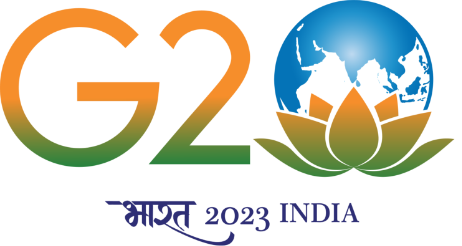History of Jammu
The story of J & K can be v until the year 1000th When the Aryans are said to have penetrated this area from the other side of the Indus and gained dominance over the indigenous people. The Vedic period saw a large influx of people, mostly from Central Asia, and these tribes dominated Aryan society in northern India as well as some parts of the western peninsula region for some time.
The first notable dynasty to rule this region was that of the Pauravas, who, according to Indian mythology, were descendants of Lord Puru (son of King Bharat) and who grew up around 700 BC. In Hastinapur-Kurukshetrain in the region of today’s Haryana, the Paurava king Yudhisthira is said to have fought huge battles with his evil cousins and uncles. Over time, these “clans” came to be known as “Ranas”, a term that today refers to all Hindu Rajputs.
The Mahabharat Chronicle is ascribed to this period, even if it was written much later. While several kingdoms fought for supremacy in northern India in the later Vedic era, many of which were located in what is now the states of Uttar Pradesh and Bihar, the Kurukshetra region remained relatively calm due to its geographical location in a vast fertile plain between the two rivers Yamuna and Saraswati .
This region eventually became the center of the victorious Kaurava forces, many of whom were led by the invincible Bhishma and which included both women and men from various kingdoms who lived in this region. The epic Mahabharata tells us that at the beginning of the war the Saraswati River was divided into a western and an eastern half, with King Bhagadatta ruling over the western part. The battle between the two opposing camps lasted for eighteen days, during which a thick cloud called “Dharma-Thandavah” or “Veil of Dharma” settled on the plain of Kurukshetra. It is said that it did not clear until thirty-six years had passed since it first appeared, thanks to all sorts of incantations written by the sage Vyasa, who himself was summoned by the Kaurava King Dhritharashtra.
Climate
Jammu is the winter capital of the Indian union territory of Jammu and Kashmir. It is the headquarters and the largest city in Jammu district of the union territory. Lying on the banks of the river Tawi, the city of Jammu, with an area of 240 km2 (93 sq mi), is surrounded by the Himalayas in the north and the northern-plains in the south. Jammu is the second most populous city of the union territory.
Jammu, like the rest of north-western India, features a humid subtropical climate with extreme summer highs reaching 46 °C (115 °F), and temperatures in the winter months occasionally falling below 4 °C (39 °F). June is the hottest month with average highs of 40.6 °C (105.1 °F), while January is the coldest month with average lows reaching 7 °C (45 °F). Average yearly precipitation is about 42 inches (1,100 mm) with the bulk of the rainfall in the months from June to September, although the winters can also be rather wet. In winter dense smog causes much inconvenience and temperature even drops to 2 °C (36 °F). In summer, particularly in May and June, extremely intense sunlight or hot winds can raise the temperature to 46 °C (115 °F). Following the hot season, the monsoon lashes the city with heavy downpours along with thunderstorms; rainfall may total up to 669 mm (26.3 in) in the wettest months. The city is exposed to heatwaves.
WINTERS
Winter in Jammu begins from November and continues till February. Minimum temperature in winter can drop to as low as 5°C and cold conditions prevail throughout the city.SUMMERS
The summer season in Jammu lasts from March to May and is characterized by hot conditions. The maximum temperature can shoot up to 40°C and it is during this period that the famous Amarnath pilgrimage takes place.MONSOONS
Monsoon in Jammu lasts between the months of June and August. The city receives good amount of rainfall in July and August. Maximum temperature drops to below 35°C and at times rain continues till September. Autumn after Monsoon is the best time to visit Jammu.Location
Vijaypur is located at a distance of 25 kms from Jammu Bus Stand (approx time of travel 30 minutes)





